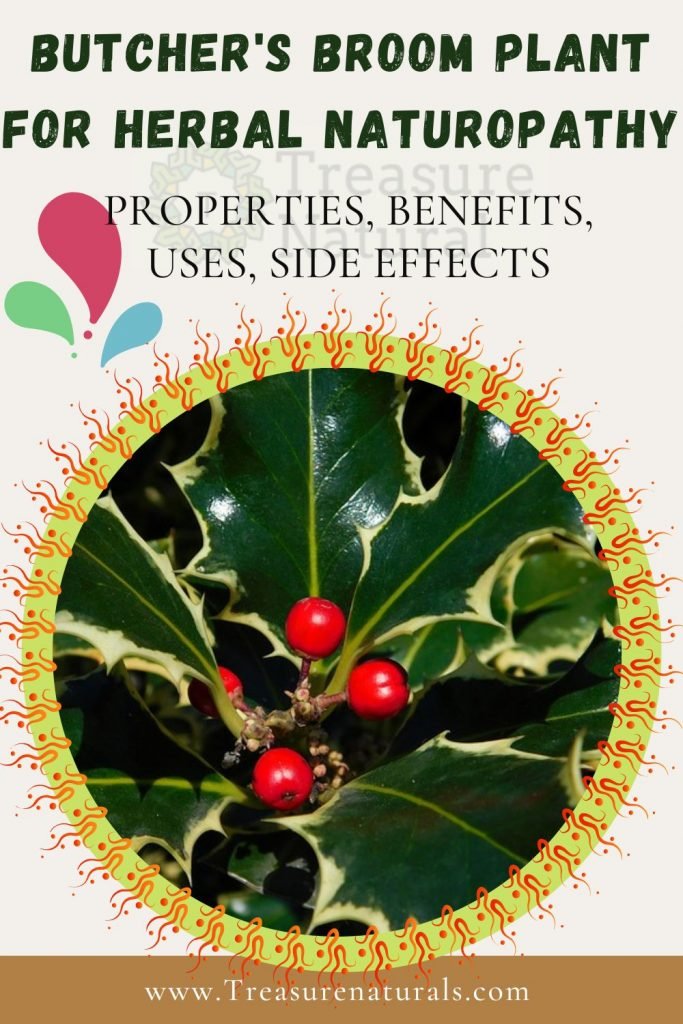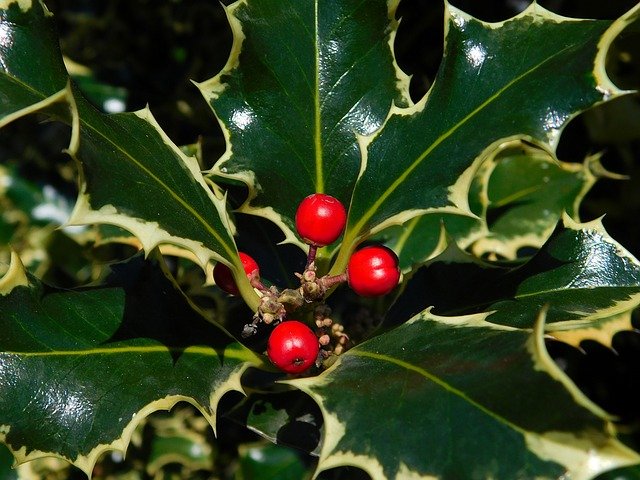
Butcher‘s broom ( Ruscus aculeatus ), or butcher’s broom, is a plant of the Ruscaceae family. Known for its vasoprotective and anti-inflammatory properties, it is useful for venous circulation. Let’s find out better.
Properties of the butcher’s broom
Butcher’s broom roots contain steroid saponins, essential oils and resins, which have shown effective vasoprotective and anti-inflammatory properties on the peripheral venous circulation, together with excellent tolerability. The plant is used in the treatment of disorders associated with chronic venous insufficiency such as pain and a sense of heaviness in the legs, edema, itching and nocturnal cramps in the calves. It is useful against hemorrhoids and in disorders of the retinal circulation.
The butcher’s broom has in fact a marked phlebotonic activity given by the ruscogenins (2% min.), Which increase the venous tone, making the vessel walls more elastic, useful in case of capillary fragility; and also reduce the excessive permeability of capillaries, which causes lymphatic stagnation and cellulite .
The butcher’s broom, or butcher’s broom, also has anti- edema and diuretic properties indicated in case of phlebitis, swelling of the limbs, excess uric acids that cause rheumatism and gout.
How to use
INTERNAL USE
500-750 mg of dry extract of butcher’s broom, divided into 2 doses per day, away from meals
30-40 drops of mother tincture for 2 times a day away from meals
Contraindications of the butcher’s broom
There are no known contraindications or side effects for butcher’s broom. For preventive reasons, its use during pregnancy and breastfeeding is not recommended.
Description of the plant
Evergreen shrub from 30 to 80 cm tall, with robust rhizome, often branched and provided, in the lower part, with large roots. The stems, originating at the apex of the rhizome, are up to 60 cm high, have a lignified basal portion and are very rigid, simple below and abundantly branched above.
What appear to be leaves, in fact, are flattened twigs called cladodes, which have taken the shape and function of the leaves; they are oval and terminate at the apex in a stiff and pungent tip; the ribs are more or less parallel. The true leaves are very small and inserted in the center of the cladodes, have a triangular or lanceolate shape and are only a few millimeters long.
The flowers, inserted isolated or more rarely paired to the axil of the true leaves, have an envelope made up of 6 petals and are all greenish in color. The fruit is a bright red spherical berry containing 1-2 seeds.
The habitat of the rusco
Originally from Europe, it is found in the woods, mainly on calcareous soils, constituting one of the components of the undergrowth of pine and holm oak woods.
Background

The Ancient Romans used the butcher’s broom as a talisman because they believed that planting it around the house would drive away evil. The properties of the butcher’s broom have been known since ancient times.
Pliny spoke of it saying that the decoction of roots with wine was used for kidney infections.
Dioscorides also considered the butcher’s broom “a plant capable of inducing urinary flow and menstrual bleeding” and useful in the treatment of gallstones, jaundice and headache.
In the Middle Ages the “Potion of the five roots” was prepared, still used today with parsley, fennel, celery and asparagus as a diuretic.
The vulgar name holly derives from the fact that it was placed around food stocks to defend them from mice.






